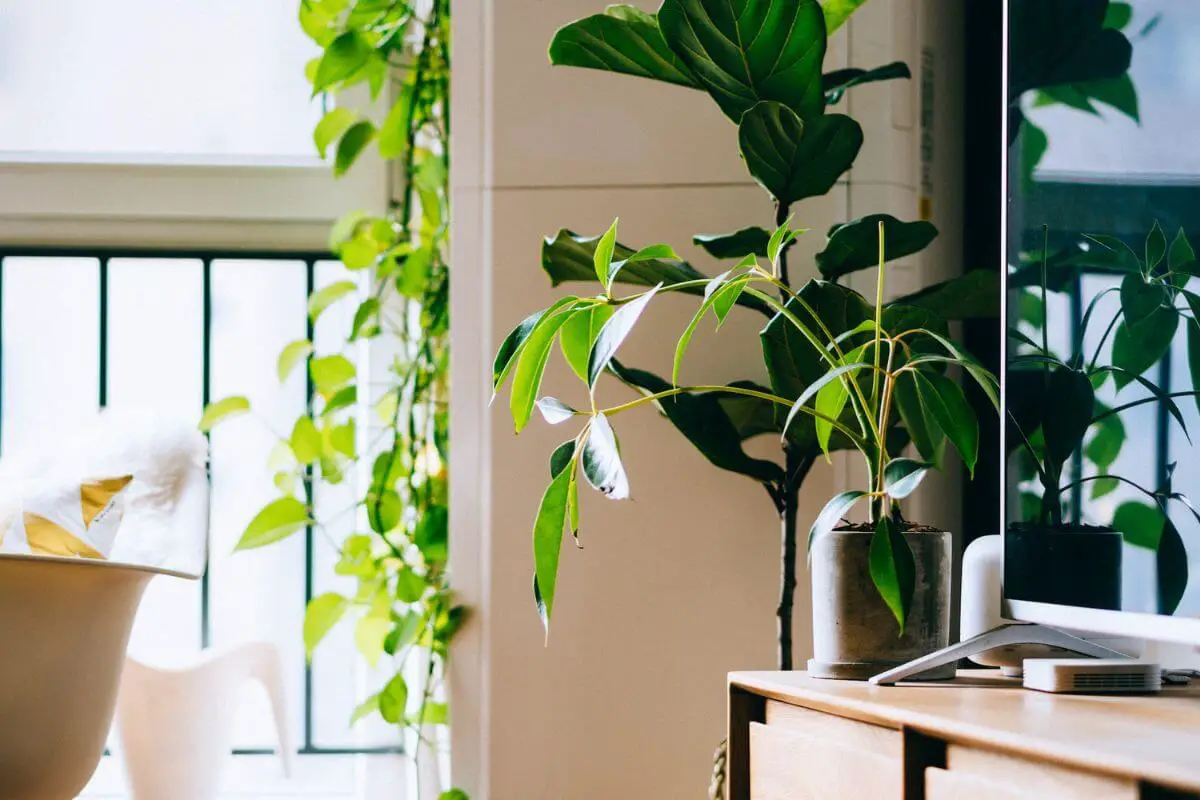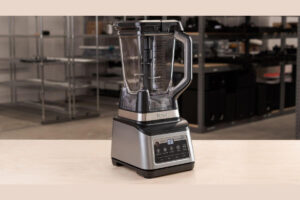Indoor plants have become a popular trend in recent years, and for good reason. Not only do they provide a touch of greenery to your home, but they also offer numerous benefits such as improved air quality, stress relief, and increased productivity. If you’re looking to add some indoor plants to your home, here’s how to decorate your space with them.
Choose the Right Plants for Your Space
When it comes to selecting plants for your home, it’s important to consider the amount of light and temperature in each room. Some plants thrive in bright, direct light, while others prefer more indirect light. Similarly, some plants prefer warm temperatures, while others prefer cooler temperatures. To ensure the health and longevity of your plants, it’s essential to choose plants that are well-suited to your home’s environment.
Here are some popular indoor plants and their preferred light and temperature conditions:
- Spider Plant: Thrives in bright, indirect light and warm temperatures.
- Pothos: Can adapt to a range of light conditions and prefers warm temperatures.
- Snake Plant: Can tolerate low light and warm temperatures.
- Peace Lily: Thrives in low to medium light and warm temperatures.
- English Ivy: Prefers bright, indirect light and cool temperatures.
Consider the Size of Your Space
When selecting plants for your home, it’s also important to consider the size of each room. Larger rooms can accommodate larger plants, while smaller rooms are better suited for smaller plants. Additionally, consider the height of your ceilings and the amount of vertical space you have available. Hanging plants are a great option for smaller spaces and rooms with high ceilings.
Create a Focal Point with a Statement Plant
One of the most effective ways to decorate your home with indoor plants is to create a focal point with a statement plant. This can be a large, exotic plant that makes a bold statement in your living room, or a grouping of smaller plants arranged in a decorative planter. By creating a focal point with a statement plant, you can add a touch of greenery to your space without overwhelming it.
Use Indoor Plants to Add Color and Texture
In addition to adding a touch of greenery to your home, indoor plants can also be used to add color and texture to your space. Consider selecting plants with vibrant leaves, such as the Red Aglaonema or the Green and Gold, to add a pop of color to your room. You can also mix and match different types of plants with varying leaf textures, such as ferns, succulents, and air plants, to create a unique and eye-catching display.
Use Indoor Plants to Divide and Define Spaces
If you have an open-plan living space, you can use indoor plants to divide and define different areas of your home. For example, you can use a large, tall plant to create a natural boundary between your living room and dining area, or a grouping of smaller plants to define a reading nook. By using indoor plants in this way, you can create a sense of intimacy and coziness in your home.
Accessorize with Planters and Pots
In addition to selecting the right plants for your home, it’s also important to choose the right planters and pots. Planters and pots come in a wide range of styles, materials, and sizes, so you’re sure to find something that fits your personal style and decor. Consider using matching planters and pots for a cohesive look, or mix and match different styles for a more eclectic look.
When selecting planters and pots, consider the size of your plants, as well as the style of your home. For example, if you have a modern, minimalist home, you might choose sleek, modern planters in neutral colors. On the other hand, if you have a more traditional home, you might choose decorative, ornate planters in warm, earthy colors.
Finally, don’t forget to consider the material of your planters and pots. Terracotta and ceramic are popular options, but there are also plenty of eco-friendly options available, such as recycled plastic and bamboo.
Use Indoor Plants to Create a Vertical Garden
Vertical gardens are a fantastic way to add greenery to your home without taking up valuable floor space. You can create a vertical garden using a wall-mounted planter, a hanging planter, or a series of small, potted plants arranged on shelves or ledges.
By creating a vertical garden, you can maximize the amount of greenery in your home, and add interest to otherwise dull walls. Consider mixing and matching different types of plants with varying leaf shapes and textures to create a dynamic and eye-catching display.
Experiment with Lighting
Finally, don’t underestimate the impact that lighting can have on your indoor plants. Good lighting can help your plants thrive, while poor lighting can cause them to become stunted and leggy.
Consider using grow lights to supplement the natural light in your home, especially if you have rooms that receive low light. You can also experiment with different types of lighting, such as LED lights or fluorescent lights, to see what works best for your plants.
In conclusion, decorating your home with indoor plants can be a fun and rewarding experience. By considering the right plants for your space, the size of your space, the right planters and pots, and the impact of lighting, you can create a beautiful and healthy indoor garden that enhances the look and feel of your home.



